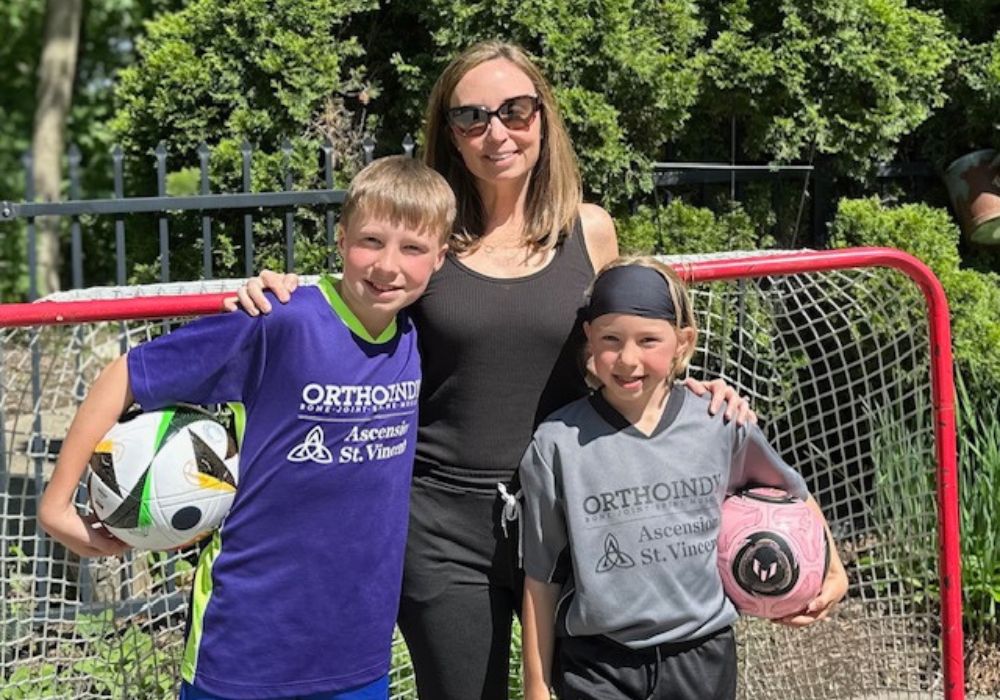Muscular dystrophy (MD) is a progressive disease that worsens over time. Depending on the form of the disease, children and adults may gradually lose the ability to walk and do other daily activities.
What is muscular dystrophy?
MD is a group of rare diseases that causes the muscles to weaken and deteriorate. MD affects the voluntary muscles that control movement in the arms, legs and core. In later stages of some forms of MD, it can also affect involuntary muscles such as the heart and respiratory muscles, making it difficult to breathe.
What causes muscular dystrophy?
Muscular dystrophy is genetic, which means in most cases it is inherited and passed from parent to child. In rare cases, MD may develop due to a new genetic abnormality called spontaneous mutation.
MD is caused by defects in the genes that produce the proteins that are necessary for healthy muscle development and function.
Types of muscular dystrophy
There are nine major types of MD affecting people of all ages, from infancy to middle age or later. MD types may differ in terms of age of diagnosis, muscles affected, severity of symptoms and disease progression.
The two most common types of MD that affect children are Duchenne muscular dystrophy (DMD) and Becker muscular dystrophy (BMD).
Both DMD and BMD affect boys almost exclusively, typically passing from a mother who has no symptoms, to her son.
Duchenne muscular dystrophy symptoms
Symptoms typically develop between 2 and 5 years old and include:
- Difficulty walking or learning to walk later in life
- Difficulting running or jumping
- Frequent falls or stumbling
- Difficulty standing from a sitting position
- Reduced endurance
- Enlarged calf muscles
DMD begins with muscle loss in the pelvis, upper arms and legs. Many children lose their ability to walk by late childhood and require a wheelchair.
Becker muscular dystrophy symptoms
BMD is a milder form of DMD and symptoms include
- Muscle loss in the hips, pelvis, thighs and shoulders
- Physical difficulties similar to DMD
- Waddling gait
- Walking on toes
- Sticking out abdomen while walking to balance weak muscles
BMD progresses slowly over the course of decades. Some cases will need wheelchairs by 30 years old or later; however, others manage with minor aids such as a walking cane.
Physician examination
After a complete medical history review, your physician will evaluate how your child walks and stands up from a sitting position.
Your physician may recommend tests to confirm MD including:
- Blood tests
- Electromyography
- Muscle biopsy
- Genetic testing
- Bone mineral density
- Pulmonary function test
MAKE AN APPOINTMENT WITH AN ORTHOINDY ORTHOPEDIC PEDIATRIC SPECIALIST
Muscular dystrophy treatment
There is no cure for MD, however, medications may slow the rate of muscle degeneration. Other treatment options may improve function to assist in activities of daily living.
Nonsurgical treatment options
- Physical therapy
- Bracing
- Medication
- Assistive devices
Surgical treatment
Surgery may be necessary to maintain your child’s daily functional skills and improve quality of life. Surgery may include:
- Surgical release of contractures: The surgeon lengthens the tendon to relieve muscle tension
- Spinal fusion for scoliosis: The scoliosis curve for a wheelchair dependent child may become so severe that it causes breathing problems; spine surgery can help breathing function, lessen back pain and improve the child’s quality of life
Learn more about pediatric orthopedic care at OrthoIndy.
Schedule an appointment
Your well-being is important to us. Click the button below or call us to schedule an appointment with one of our orthopedic specialists. If your injury or condition is recent, you can walk right into one of our OrthoIndy Urgent Care locations for immediate care. For rehabilitation and physical therapy, no referral is needed to see one of our physical therapists.





